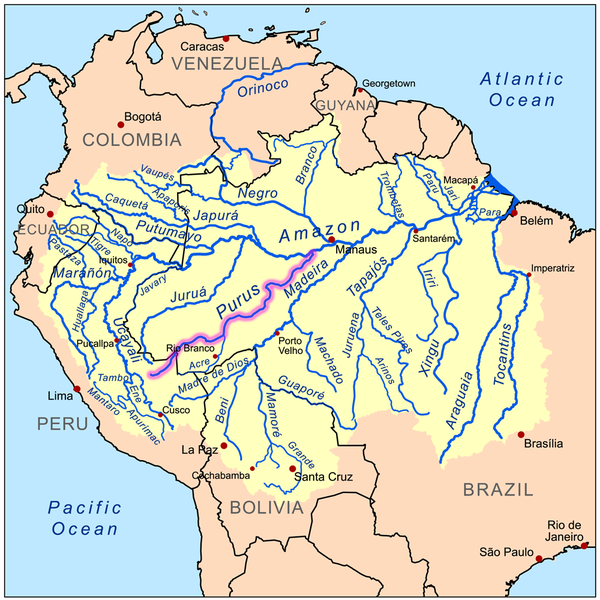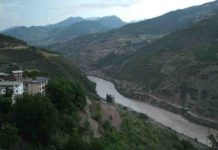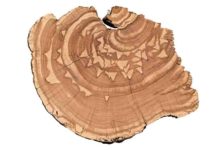
The Purus is a tributary of the Amazon River in South America. Its drainage basin is 63,166 km2 (24,389 sq mi), and the mean discharge is 8,400 m³/s.
It enters the Amazon River west of the Madeira River, which it parallels as far south as the falls of the latter stream. It runs through a continuous forest at the bottom of the great depression lying between the Madeira River, which skirts the edge of the Brazilian sandstone plateau, and the Ucayali which hugs the base of the Andes. The river forms a small part of the international boundary between Brazil and Peru.
One of its marked features is the five parallel furos which from the north-west at almost regular intervals the Amazon sends to the Purus; the most south-westerly one being about 150 miles (240 km) above the mouth of the latter river. They cut a great area of very low-lying country into five islands. Farther down the Purus to the right three smaller furos also connect it with the Amazon.
William Chandless found its elevation above sea-level to be only 107 feet (33 m) 590 miles (950 km) from its mouth. It is one of the most crooked streams in the world, and its length in a straight line is less than half that by its curves. It is practically only a drainage ditch for the half-submerged, lake-flooded district it traverses.
Its width is very uniform for 1000 miles (1600 km) up, and for 800 miles (1300 km) its depth is never less than 45 feet (15 m).
It is navigable by steamers for 1648 miles (2650 km) as far as the little stream, the Curumaha, but only by light-draft craft. Chandless ascended it 1866 miles (3,000 km). At 1792 miles (2,880 km) it forks into two small streams. Occasionally a cliff touches the river, but in general the lands are subject to yearly inundations throughout its course, the river rising at times above 50 feet (15 m), the numerous lakes to the right and left serving as reservoirs.[citation needed]
In 2008, a previously unknown precolumbian civilization was discovered in the upper region of the river close to the Bolivian border. After much of the forest in the region was cleared for agricultural use, satellite pictures revealed the remains of large geometric earthworks.
Note : The above story is based on materials provided by Wikipedia










